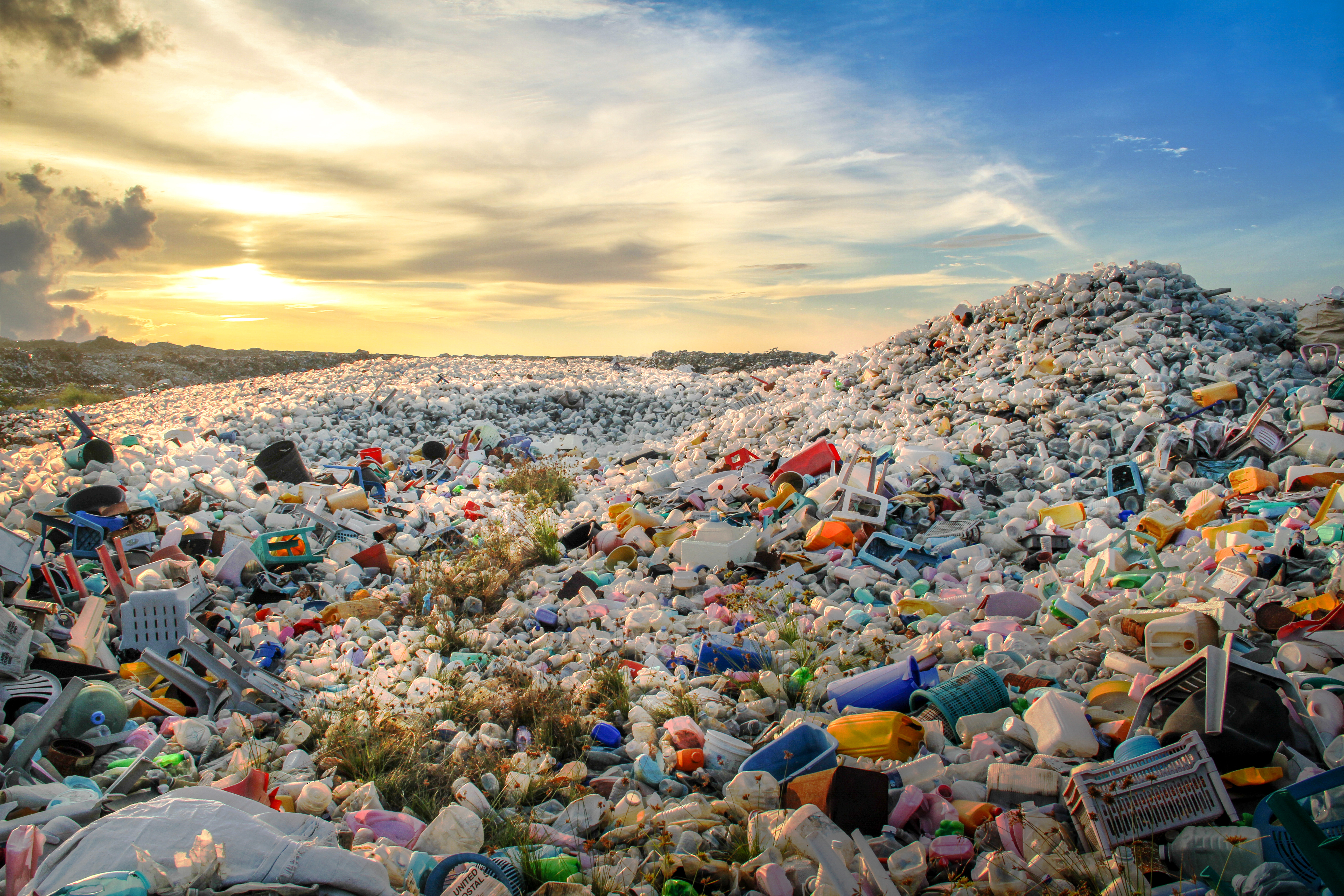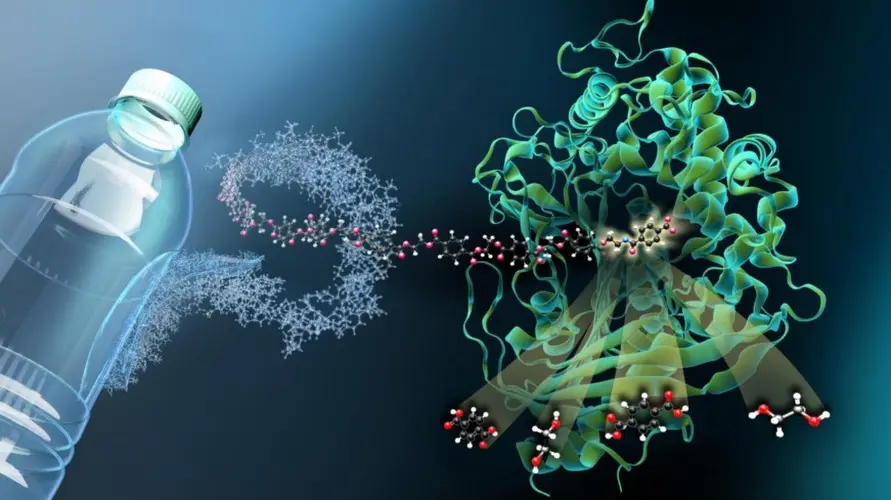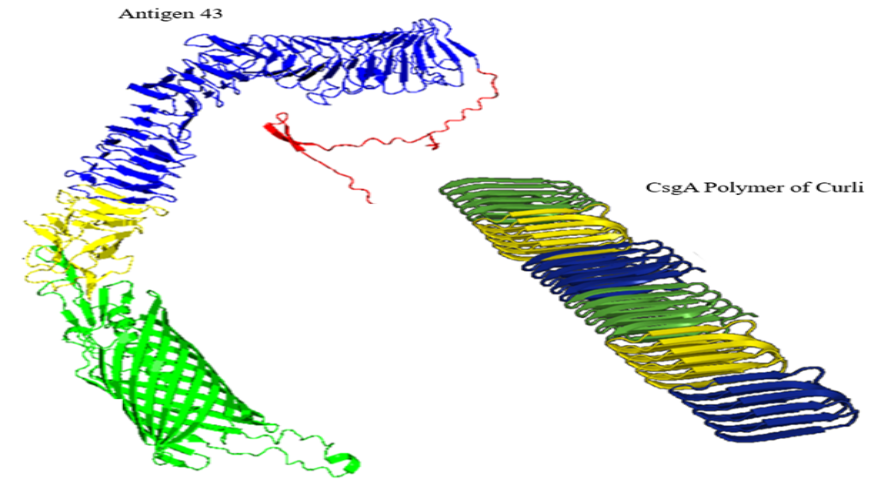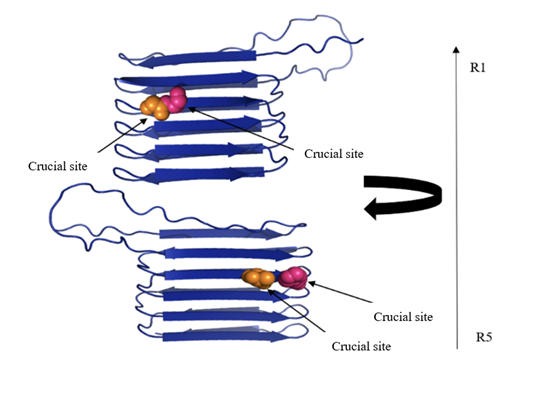The Problem
Our planet is choking on plastics and recycling methods are energy-intensive and largely inefficient
Only 9% of all plastics produced are recycled (Organization for Economic Co-operation and Development, 2022)
50% of plastics end up in landfills and 22% are leaked into our environments (Organization for Economic Co-operation and Development, 2022). A better solution is needed

A Potential Solution
Recent discoveries of a toolbox of biocatalysts, capable of plastic degradation, offers a biotechnological solution to address the plastic waste crisis
In 2016, researchers at the Kyoto Institute of Technology identified a bacteria, Ideonella sakaiensis, that can metabolise plastics through enzymatic PET (PETase) degradation. Research is emerging that explores the potential role of other such enzymes as molecular tools in biodegradation
However, to increase the efficiency of these novel degradation technologies, engineering cells that effectively colonise plastic surfaces is crucial.

Our Research
We aimed to achieve enhanced plastic colonization through the Directed Evolution of two Escherichia coli cell surface proteins: Curli subunit CsgA and Antigen 43 (Ag43)
Prior research in the Sadler lab at the University of Edinburgh demonstrated that overexpression of plasmid-encoded cell surface proteins Ag43 and Curli in E.Coli enhances plastic adhesion. We used a combination of site-specific and random mutagenesis of Curli subunit CsgA and Ag43 to enhance E.coli's adherence to polystyrene.

Key Findings
We identified 57 mutations in the CsgA subunit that resulted in significant improvements in polystyrene adhesion
Notably, 21 of these mutations were present at one position on CsgA. We speculate that mutations at this site might have led to a significant difference in biofilm formation as this residue is located at the centre of an exposed region in the protein. Several other sites were also identified, which displayed increased or decreased biofilm formation, indicating that these sites may also be crucial for plastic adherence.
Unfortunately, our work on Ag43 was unsuccessful due to issues in our methods, and we were unable to gather results in time for the submission of our report.

Future Directions
While our work has successfully improved polystyrene adhesion of CsgA, there are several avenues of work which need to be conducted in order to further this technology
A future avenue of our project is combining the significant mutations that we have identified to further increase adhesion. Additionally, our work exclusively focused on adhesion to polystyrene. Further work is required to determine whether the mutations identified in our work applies to increased adhesion to other types of plastic.
While our work on Ag43 was unsuccessful, we have identified several sites which could be potential mutation targets to improve plastic adherence via various computational methods.
